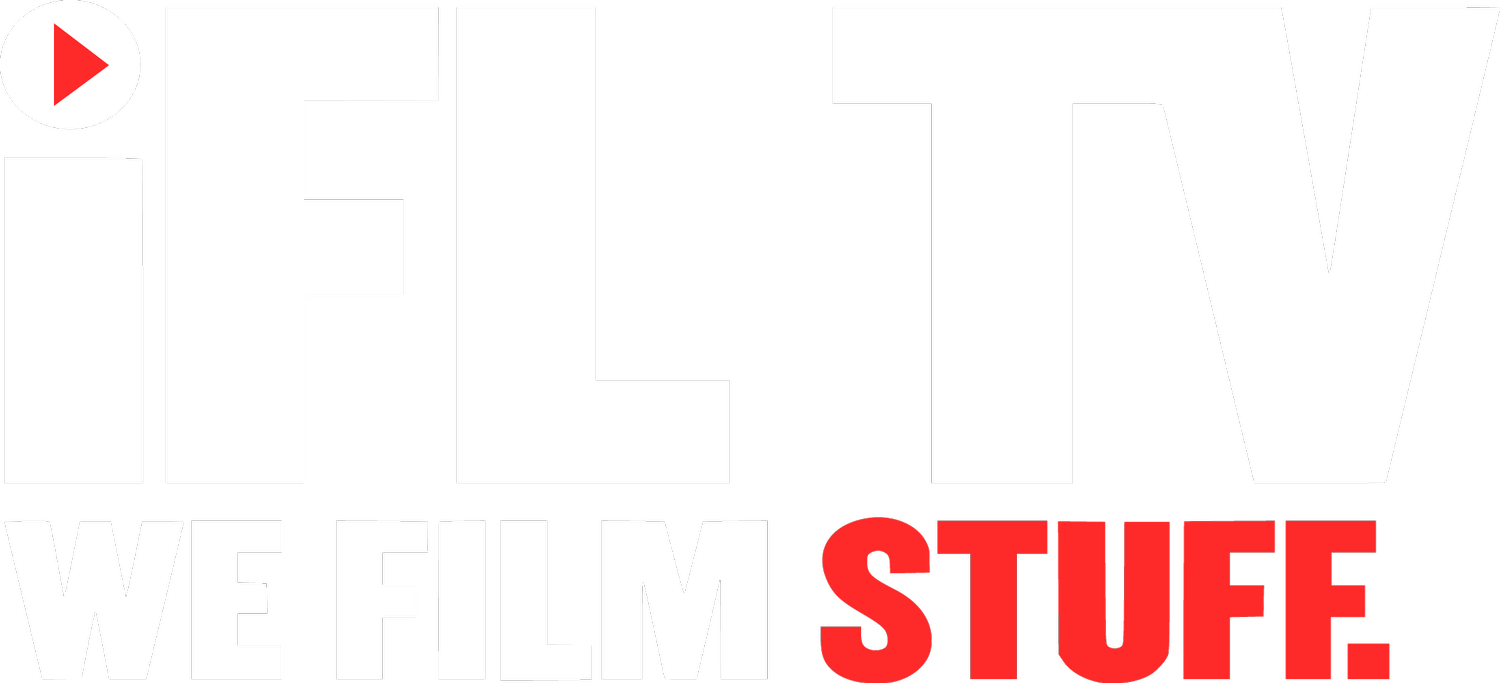From ‘Thrilla in Manila’ to Tap-and-Scroll: Have Fight Posters Lost Their Knockout Punch?
By Billie Sloane, IFL TV
Walk into any boxing gym worth its salt, and you’ll see them. Sun-faded, tattered at the edges, but still standing proud—posters of the all-time greats. Ali and Frazier glaring at each other in the legendary Thrilla in Manila artwork, Foreman and Ali frozen in history before the Rumble in the Jungle, Tyson’s menacing stare, Mayweather’s cocky smirk, Pacquiao’s quiet intensity.
These posters weren’t just advertisements. They were statements. They captured the soul of a fight, the clash of styles, the tension before battle. They didn’t just tell you who was fighting—they made you feel it.
But here’s the question—does any of that even matter anymore?
In 2025, fight posters are no longer the promotional powerhouses they once were. Instead, we get Instagram graphics, Twitter hype, and TikTok face-offs. Fights are announced in a tweet, debated in the comment section, and promoted through flashy YouTube promos. The fight poster? Reduced to a thumbnail in a social media carousel.
So, is this just boxing evolving with the times? Or are we witnessing the slow, inevitable death of one of the sport’s most iconic traditions?
The Digital Revolution: Bigger Reach, Better Hype?
Let’s not pretend digital marketing hasn’t changed the game. Fight promotions today are faster, louder, and more interactive than ever before. A single viral clip of a heated press conference can do more for ticket sales than a thousand posters slapped on gym walls. Fighters no longer need a promoter’s carefully curated artwork to build their brand—they do it themselves, with livestreamed gym sessions, training montages, and call-outs to rivals.
When Ryan Garcia and Gervonta Davis fought, it wasn’t a poster that fueled the hype—it was their relentless back-and-forth on social media. KSI and Jake Paul’s fights? More meme warfare than traditional promotion.
And let’s be real—do modern fans even look at posters anymore? Are they stopping mid-scroll to admire the artistry of a fight promo, or are they just double-tapping and moving on?
In today’s world, speed is king. Fight week hype now moves at the speed of a retweet. A promoter can whip up a last-minute promo in Photoshop, post it to Instagram, and instantly reach millions. Compare that to the slow, methodical process of designing, printing, and distributing posters—by the time one is up on a gym wall, the internet has already moved on.
But does faster mean better? Or are we trading craftsmanship for convenience?
The Case for the Classics: Where’s the Legacy?
Here’s the counterargument—what happens when the tweets fade, the Instagram stories disappear, and the algorithm moves on?
Think back to those legendary fight posters. They weren’t just promotional tools; they were history in print. Collectibles. Art. Proof that something monumental was about to happen. Years later, you can still find a Thrilla in Manila poster framed on a wall, a Hagler vs. Hearns promo hanging in a bar. Will anyone be doing the same for a Twitter post?
And let’s talk about design. The best fight posters weren’t lazy cut-and-paste jobs—they were cinematic, dramatic, and unforgettable. The Rumble in the Jungle poster didn’t just feature two names and a date; it was a visual war cry, setting the stage for one of the greatest fights in history.
Compare that to today. Are we getting fight promotions that feel legendary? Or just algorithm-friendly marketing campaigns designed to boost engagement metrics?
And what about the collectors? For years, fans have proudly displayed fight posters, turning them into cherished memorabilia. But when everything moves digital, what’s left to keep? What physical reminder exists of a great fight, when all the promotional effort disappears into the void of expired Instagram stories?
Are We Losing the Sense of Occasion?
A great fight poster didn’t just announce an event—it built anticipation. It gave a fight weight, made it feel like something bigger than just another date on the calendar.
Imagine if Ali vs. Frazier III was just another social media post. Would it have felt the same? Would it have had the same presence?
Boxing has always been about storytelling. The greatest fights weren’t just contests of skill—they were wars, with narratives that unfolded long before the opening bell. And posters played a crucial role in that. They weren’t just advertising; they were myth-building.
Without them, are we losing the larger-than-life feel that boxing was built on?
Can Fight Posters Survive?
Maybe the fight poster isn’t dead—it’s just evolving.
We’re seeing high-end, limited-edition prints for superfights, appealing to collectors and hardcore fans. Some promotions are leaning into nostalgia, recreating classic poster styles to bring back that old-school feel.
And some fights still get the treatment they deserve. When Tyson Fury fought Deontay Wilder, the promotional artwork leaned heavily into the classic style—two titans, face-to-face, larger than life. For Canelo vs. Golovkin III, the fight poster had that vintage, big-fight aesthetic that made it feel important.
Maybe that’s the solution. Maybe instead of abandoning the fight poster, boxing needs to respect it again.
Make them iconic again. Stop treating them like an afterthought and bring back the artistry, the drama, the weight of history.
Because here’s the truth—social media might drive engagement, but posters? They make fights timeless.
So tell me—when was the last time you saw a fight poster that truly made you stop and feel something?
Or have we swapped history for hashtags?



